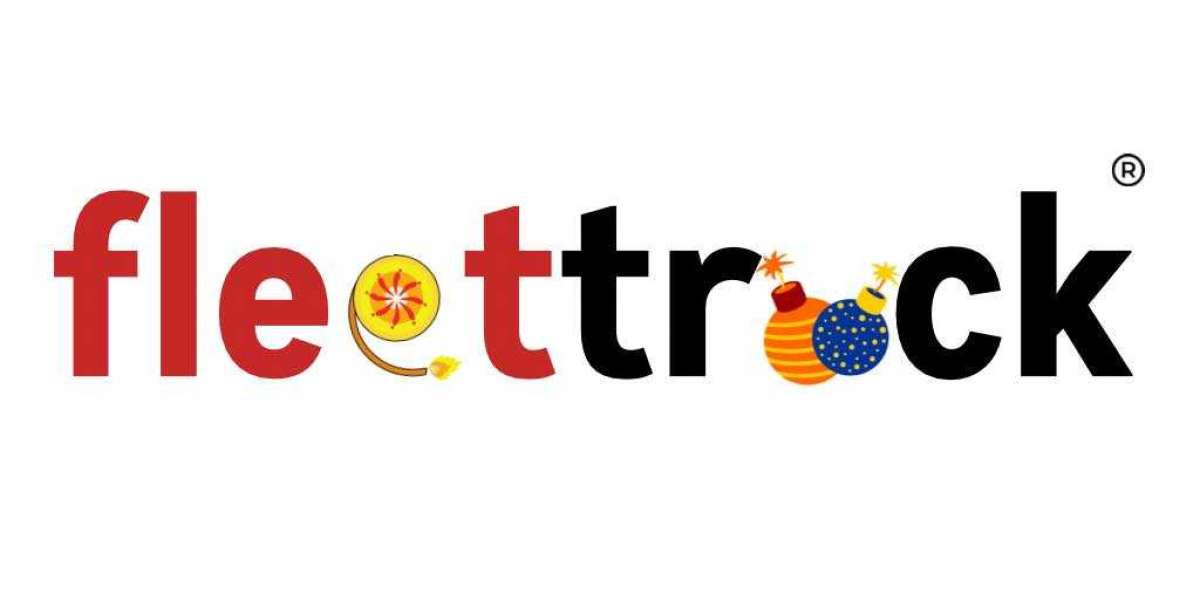Wheat is one of the most widely cultivated and consumed cereal crops globally, serving as a staple food for billions of people. Understanding the wheat production cost process is crucial for farmers, agribusinesses, policymakers, and consumers. This article provides a comprehensive analysis of wheat production costs, focusing on key factors that influence pricing, production processes, and future outlook.
Seed
The quality and type of wheat seed significantly affect production costs. High-yield or disease-resistant seed varieties typically come at a premium. Farmers must decide between using certified seeds, which ensure quality and yield, and saved seeds from previous harvests, which are cheaper but may be less reliable.
Fertilizers
Fertilizers are essential for achieving high wheat yields. The cost of fertilizers can vary depending on the type (nitrogen, phosphorus, potassium) and the quantity required. The prices of these inputs are influenced by global markets and can fluctuate based on supply and demand, geopolitical events, and energy costs, as fertilizer production is energy-intensive.
Pesticides and Herbicides
To protect wheat crops from pests and weeds, farmers use pesticides and herbicides. The costs associated with these chemicals depend on the types used and the frequency of application needed to maintain crop health. The development of resistant pests and weeds can also increase the need for more expensive or more frequent treatments.
Labor Costs
Labor is a significant component of wheat production costs. The extent of mechanization on a farm can influence labor requirements. In regions where mechanization is low, labor costs can be high due to the need for manual planting, tending, and harvesting. In more developed agricultural systems, labor costs might be lower due to the use of machinery, though the initial investment in equipment is substantial.
Wages
The cost of labor is influenced by local wage rates, which can vary widely depending on the region and the availability of workers. Seasonal demand for labor during planting and harvest times can also drive up costs.
Training and Skill Development
Skilled labor is necessary to operate sophisticated agricultural machinery and manage modern farming techniques. Investing in training and skill development can increase productivity but also adds to production costs.
Technology and Equipment
Machinery
The use of modern machinery, such as tractors, combine harvesters, and irrigation systems, can significantly impact production costs. While these tools increase efficiency and reduce labor costs, they require substantial capital investment and ongoing maintenance.
Precision Agriculture
Technologies like GPS-guided equipment, drones, and sensors for soil and crop monitoring can optimize inputs and increase yields, but they also involve significant initial costs and technical expertise.
Irrigation
Efficient irrigation systems are crucial for maximizing wheat yields, especially in arid regions. The cost of installing and maintaining these systems can be high, but they help ensure consistent crop growth and reduce dependency on unpredictable rainfall.
Environmental Conditions
Climate
Wheat production is highly dependent on climatic conditions. Adverse weather, such as droughts, floods, and unseasonable temperatures, can negatively impact yields and increase production costs. Farmers may need to invest in irrigation, drainage, or protective structures to mitigate these risks.
Soil Quality
Soil health is critical for wheat production. Maintaining soil fertility through crop rotation, organic amendments, and other sustainable practices can add to production costs but is necessary for long-term productivity.
Water Availability
Access to water is a major factor in wheat production costs. In regions where water is scarce, the cost of irrigation and water management can be high. Conversely, areas with adequate rainfall may have lower irrigation costs but still need to manage water effectively to prevent issues like soil erosion and nutrient leaching.
Market Dynamics
Price Fluctuations
The price of wheat on the global market can influence production costs indirectly. When prices are high, farmers may invest more in inputs to maximize yields, while low prices might lead to cost-cutting measures.
Government Policies
Subsidies, tariffs, and trade policies can significantly impact wheat production costs. Government support in the form of subsidies for seeds, fertilizers, and machinery can lower production costs for farmers. Conversely, tariffs on imported inputs or restrictions on exports can increase costs and affect profitability.
Supply Chain
The efficiency of the supply chain, from farm to market, affects production costs. Poor infrastructure, such as inadequate transportation and storage facilities, can lead to higher costs and post-harvest losses.
Conclusion
The production cost of wheat is influenced by a complex interplay of factors, including input costs, labor, technology, environmental conditions, and market dynamics. Understanding these factors is essential for farmers, agribusinesses, and policymakers to make informed decisions that ensure sustainable and profitable wheat production. By leveraging modern technologies, optimizing input use, and adapting to changing environmental and market conditions, stakeholders can better manage production costs and contribute to global food security.







